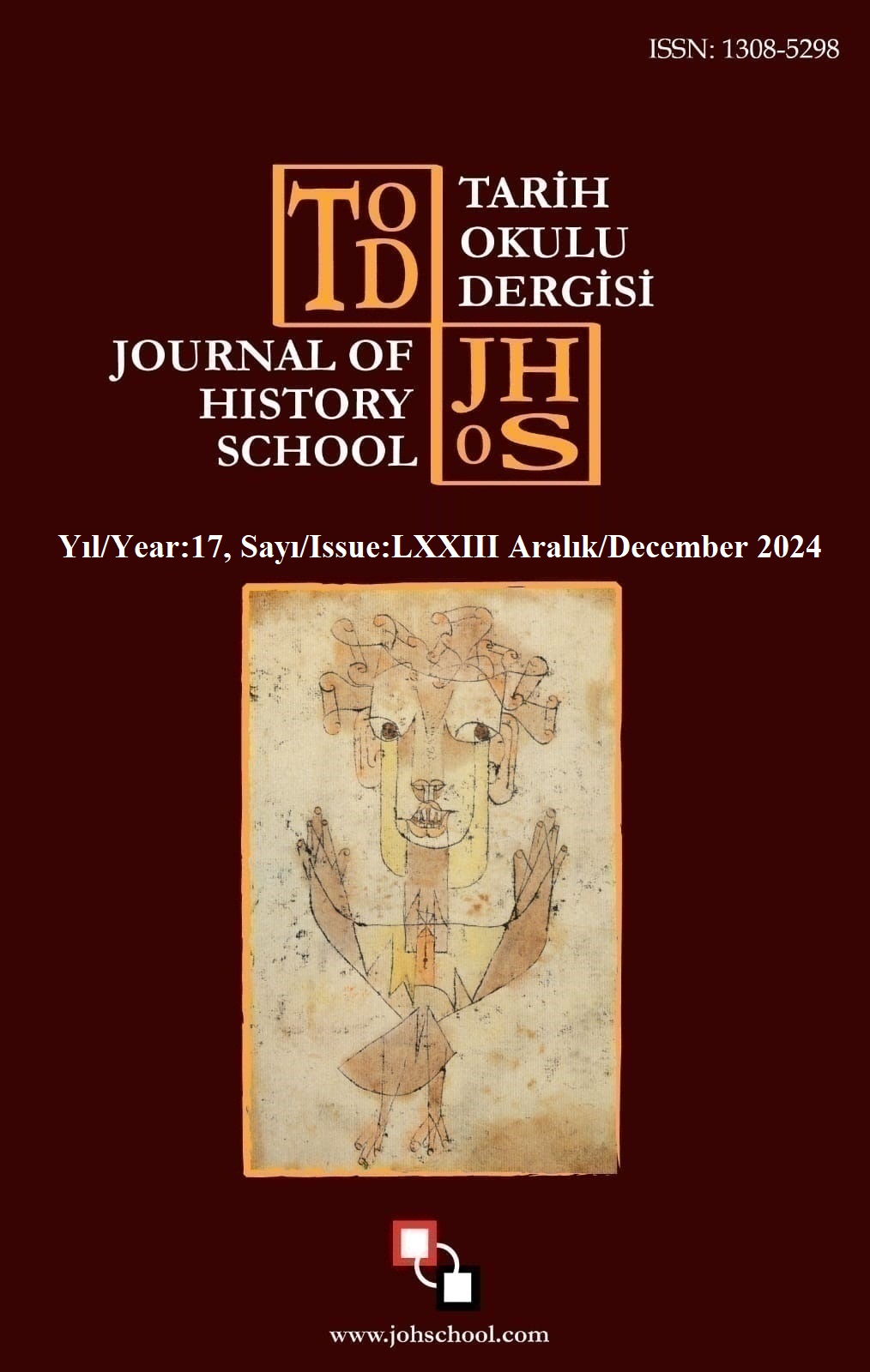Author :
Abstract
tutumlarını ölçmek için geçerli ve güvenilir bir ölçek geliştirmektir. Bu çalışma bir ölçek geliştirme çalışması olup, veri toplama sürecinde tarama modeli kullanılmıştır. Araştırmanın evrenini, 2021-2022 eğitim-öğretim yılında Güneydoğu Anadolu Bölgesinde bir ilde Milli Eğitim Müdürlüğüne bağlı resmi ilkokullarda görev yapan 1889 sınıf öğretmeni oluşturmaktadır. Bu kapsamda, 675 öğretmen sürece dâhil edilmiş ve araştırmanın örneklemini oluşturmuştur. Örneklem belirlemede uygun örneklem yöntemi dikkate alınmıştır. Veriler değerlendirilirken, Açımlayıcı Faktör Analizi (AFA) sürecinde SPSS 24, Doğrulayıcı Faktör Analizi (DFA) sürecinde ise AMOS 24 programları kullanılmıştır. 319 kişi ile yürütülen AFA sürecinden sonra 25 maddelik ölçekten faktör yükleri düşük ya da binişik olan 4 madde çıkarılmış, 21 maddelik ve 4 boyutlu nihai ölçek elde edilmiştir. Nihai ölçekte 9 olumsuz, 12 olumlu madde bulunmaktadır. Zorlanma alt boyutunda 9, keyif alma alt boyutunda 5, gelişmeye açıklık alt boyutunda 4 ve isteklilik alt boyutunda 3 madde yer almaktadır. 354 kişilik farklı bir grupla yürütülen DFA sonucunda ölçeğin dört alt faktörlü yapısı uyum indis değerleri bağlamında AFA sonuçlarıyla uyumlu olduğu belirlenmiştir. Ölçeğin bütününe ait Cronbach Alpha değeri .898 olarak bulunmuştur. Spearman-Brown eşit ve eşit olmayan yarı güvenirlik değerleri .846 olarak belirlenmiştir. Alt faktörlere ait Cronbach Alpha güvenirlik kat sayıları sırasıyla zorlanma alt boyutu için .876, keyif alma alt boyutu için .850, gelişmeye açıklık alt boyutu için .844 ve isteklilik alt boyut için .709 olarak bulunmuştur. Bu bağlamda, geliştirilen ölçek güvenilirdir. Ölçeğin geçerlik ve güvenirliğine ait bulgular, sınıf öğretmenlerinin ilk okuma yazma öğretim sürecine yönelik tutumlarını belirlemek üzere kullanılabilir nitelikte olduğunu göstermektedir. Yapılacak benzer çalışmalar daha geniş katılımla farklı illerdeki sınıf öğretmenlerinin katılımıyla yürütülebilir. Ölçeğin kullanılmasıyla yürütülecek farklı çalışmalarda, geçerlik ve güvenirlik hesaplamalarının tekrarlanması ve mevcut değerlerle kıyaslanması yararlı olacaktır.
Keywords
Abstract
The main aim of this study is to develop a valid and reliable scale to measure primary school teachers' attitudes towards the initial reading and writing instruction process. This study is a scale development study, and the survey model, which is a quantitative research method, was used in the data collection process. The population of the research consists of 1889 classroom teachers working in official primary schools affiliated with the Directorate of National Education in a province in the Southeastern Anatolia Region in the 2021-2022 academic year. In this context, 675 teachers were included in the process and formed the research sample. Convenience sampling method was considered in the determination of the sample. In the data analysis, Exploratory Factor Analysis (EFA) process was conducted using SPSS 24, and Confirmatory Factor Analysis (CFA) process was conducted using AMOS 24. After the EFA process conducted with 319 participants, 4 items with low factor loadings or cross-loadings were removed from the 25-item scale, and a final scale with 21 items and 4 dimensions was obtained. The final scale consists of 9 negative and 12 positive items. It includes 9 items in the struggle sub-dimension, 5 items in the enjoyment sub-dimension, 4 items in the openness to development sub-dimension, and 3 items in the willingness sub-dimension. In the Confirmatory Factor Analysis conducted with a different group of 354 participants, the four-factor structure of the scale was found to be consistent with the EFA results in terms of fit indices. The Cronbach's Alpha coefficient for the entire scale was found to be .898. The Spearman-Brown split-half reliability values, both equal and unequal, were determined as .846. The Cronbach's Alpha reliability coefficients for the sub-dimensions were found as .876 for the struggle sub-dimension, .850 for the enjoyment sub-dimension, .844 for the openness to development sub-dimension, and .709 for the willingness sub-dimension. Therefore, the developed scale is reliable. The findings regarding the validity and reliability of the scale indicate that it can be used to determine primary school teachers' attitudes towards the initial reading and writing instruction process. Similar studies can be conducted with wider participation of class teachers from different provinces. It would be beneficial to repeat the validity and reliability calculations in future studies that utilize the scale and compare the results with the current values.





